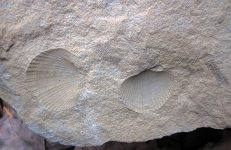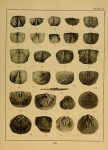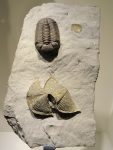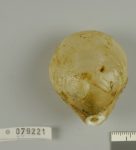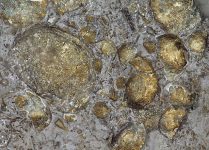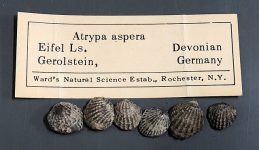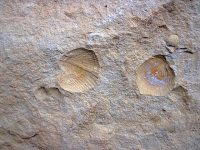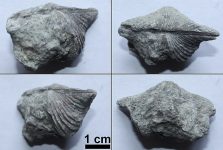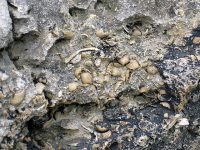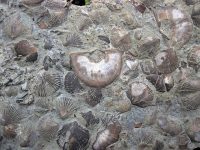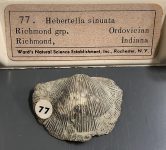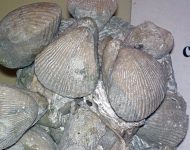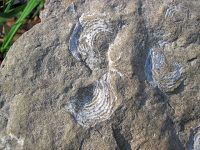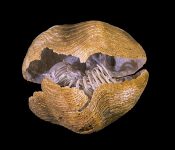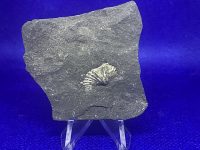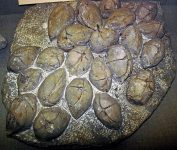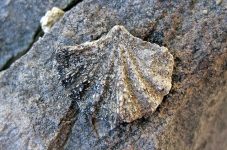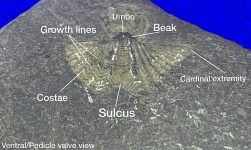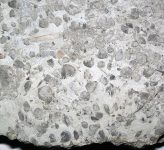Brachiopods

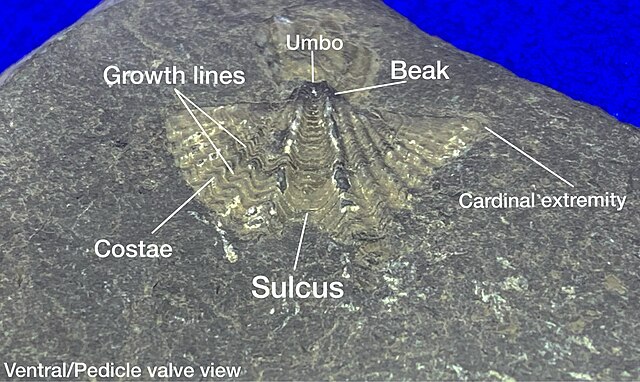
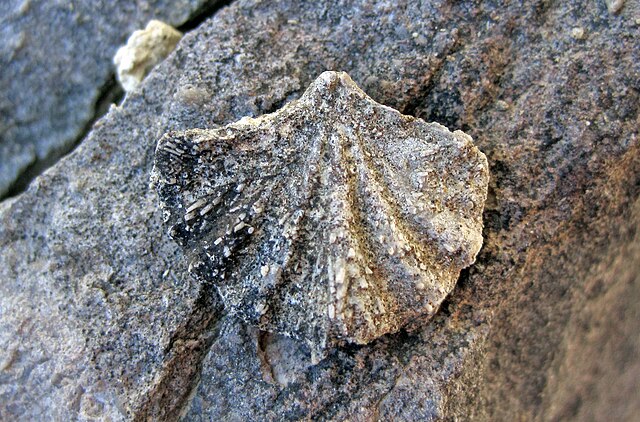
Brachiopods
Brachiopods, often referred to as “lamp shells,” are a fascinating group of marine invertebrates that have existed on Earth for over 500 million years. Their name derives from the Greek words “brachion” (arm) and “pous” (foot), describing their characteristic arm-like structures and pedicle attachment to the seafloor. Despite their superficial resemblance to bivalve mollusks, brachiopods represent a distinct phylum, Brachiopoda, characterized by a unique anatomy, evolutionary history, and ecological role in marine ecosystems.
Evolutionary History
The evolutionary history of brachiopods traces back to the early Cambrian period, making them one of the oldest surviving animal phyla. Fossil evidence indicates their peak diversity occurred during the Paleozoic era, particularly in the Ordovician and Devonian periods. During these times, brachiopods inhabited a wide range of marine environments, from shallow seas to deep ocean floors, and played significant roles in ancient ecosystems as filter-feeding organisms.
Through subsequent geological eras, brachiopods persisted through multiple mass extinction events, including the Permian-Triassic extinction—the most catastrophic event in Earth’s history—which wiped out over 90% of marine species. Despite these challenges, brachiopods managed to survive and adapt, albeit with a notable decline in diversity compared to their Paleozoic heyday. Today, approximately 300 living species of brachiopods exist, scattered across the world’s oceans, illustrating their resilience and evolutionary endurance.
Anatomy and Physiology
Brachiopods are characterized by their unique shell structure, consisting of two valves (dorsal and ventral) that enclose the organism’s body. Unlike bivalve mollusks, where shells are mirror images of each other, brachiopod shells are typically unequal in shape and size, reflecting a bilateral symmetry along one axis. The shells are composed of calcium carbonate, providing protection and structural support.
Internally, brachiopods possess a coelom—a fluid-filled body cavity—that houses their internal organs, including a digestive system and a nervous system. They lack distinct heads or eyes but possess a specialized feeding organ called a lophophore. The lophophore is a tentacle-bearing structure that extends from the mouth and is used for filter feeding. It captures microscopic organisms and organic particles suspended in seawater, facilitating nutrient intake.
Ecology and Behavior
Brachiopods exhibit diverse ecological strategies, depending on species and environmental conditions. Some species attach themselves to hard substrates on the seafloor using a pedicle—a fleshy stalk that protrudes from the ventral valve—while others lie freely on the sediment surface. Their choice of habitat varies from shallow coastal waters to deep-sea environments, where they can be found in association with coral reefs, hydrothermal vents, and other marine ecosystems.
As filter feeders, brachiopods play a crucial role in marine food webs by consuming plankton and other microscopic organisms. They contribute to nutrient cycling and energy flow within ecosystems, influencing the abundance and distribution of prey species and predators alike. Despite their relatively low biomass compared to other marine organisms, brachiopods contribute to biodiversity and ecosystem stability through their ecological interactions.
Fossil Record and Paleontological Significance
The fossil record of brachiopods is exceptionally well-documented, thanks to their hard shells that fossilize readily under the right conditions. Fossils of brachiopods provide valuable insights into Earth’s geological history, helping paleontologists date sedimentary rocks and reconstruct ancient environments. They serve as important index fossils for correlating strata across different regions and understanding past climate change, sea level fluctuations, and evolutionary patterns.
Paleontological studies of brachiopods have revealed evolutionary trends, such as changes in shell morphology and adaptations to varying environmental conditions over geological time scales. They provide evidence of evolutionary innovations and adaptations that allowed brachiopods to diversify and thrive in diverse marine habitats throughout their long evolutionary history.
Conservation and Future Perspectives
Despite their ancient lineage and ecological significance, brachiopods face modern challenges, including habitat loss, pollution, and climate change. Anthropogenic activities, such as coastal development and overfishing, threaten the habitats and survival of brachiopod populations worldwide. Conservation efforts are essential to protect these unique marine organisms and preserve their ecological roles within marine ecosystems.
Research into brachiopod biology, ecology, and evolution continues to uncover new insights into their adaptations, interactions, and evolutionary history. Advances in molecular biology and genomic sequencing are providing unprecedented opportunities to study brachiopods at the molecular level, unraveling their genetic diversity, physiological responses to environmental stressors, and potential resilience to future environmental changes.
